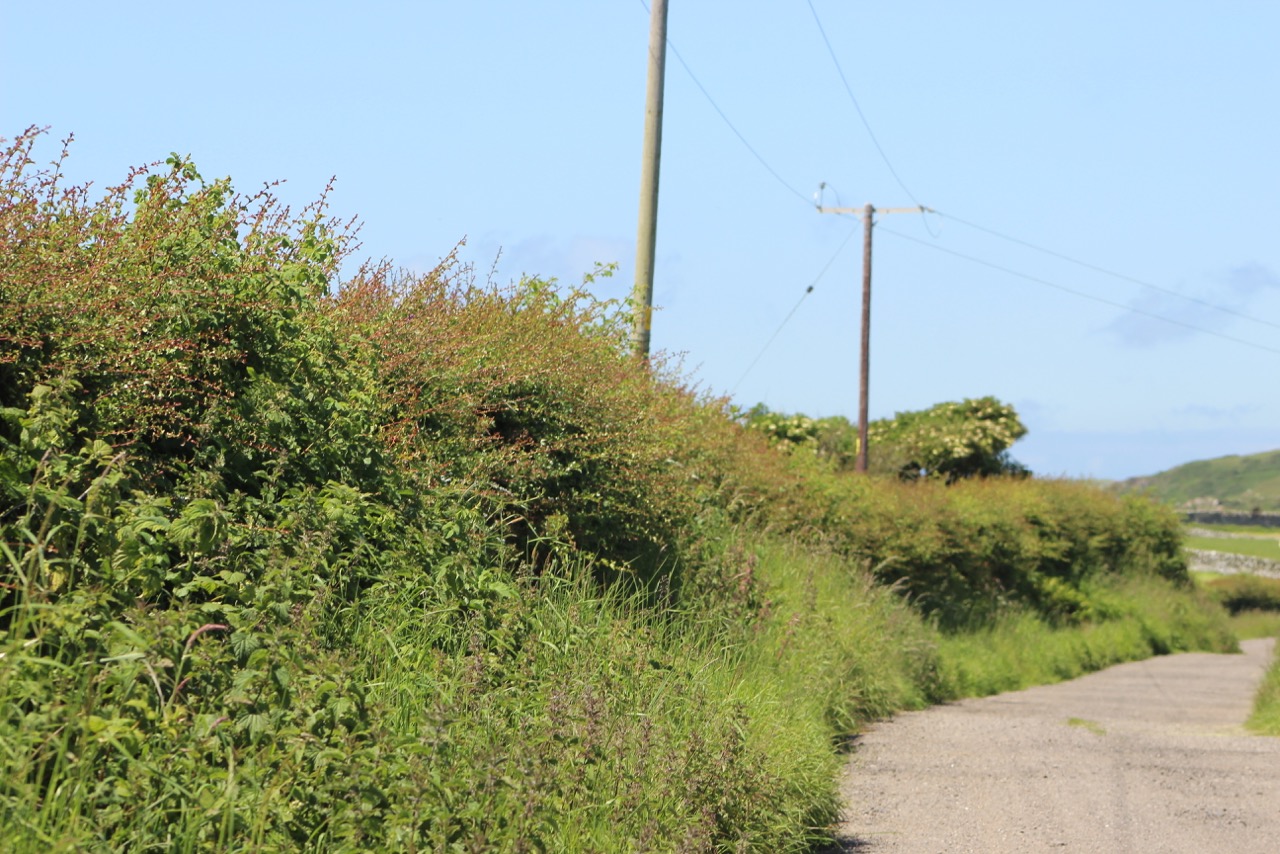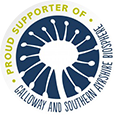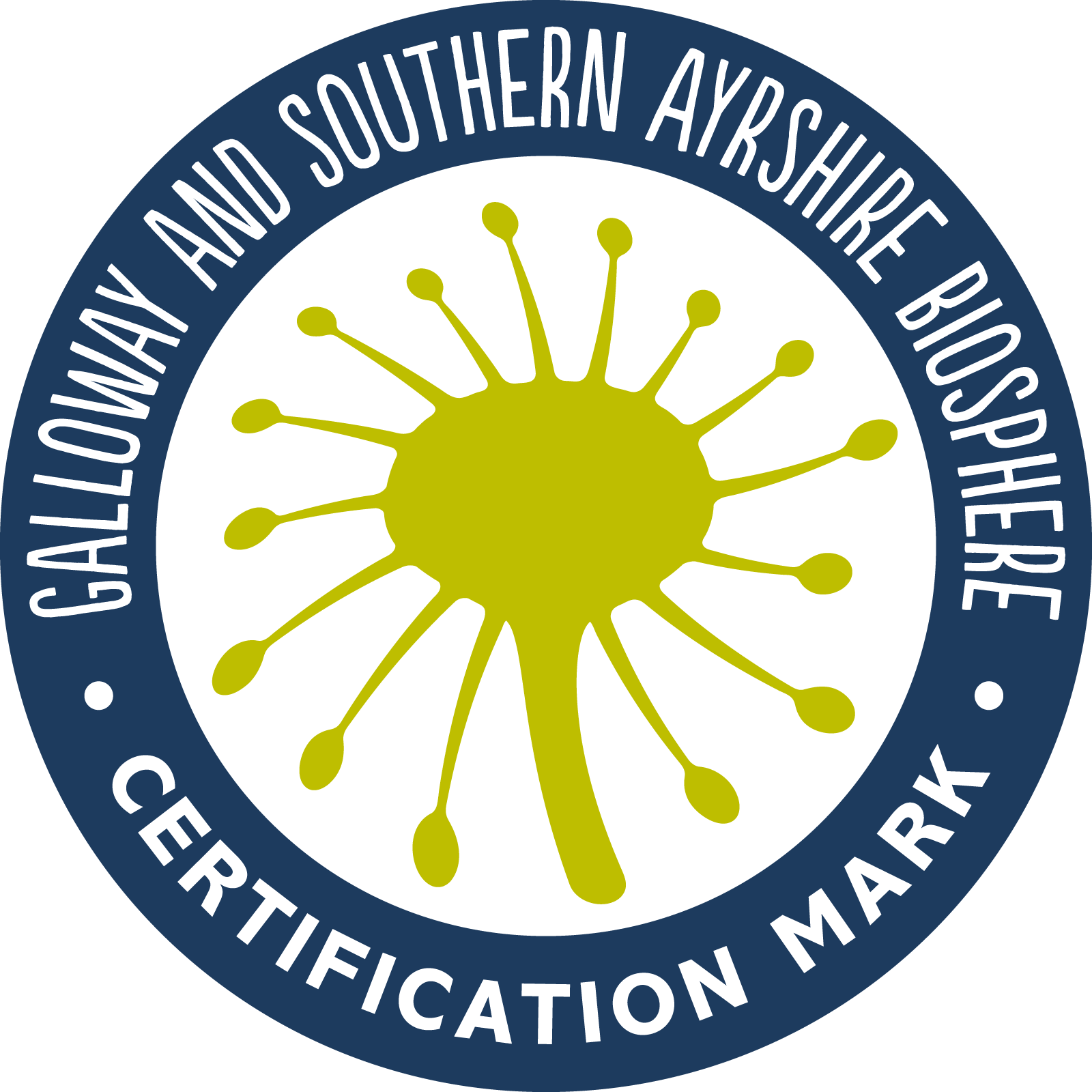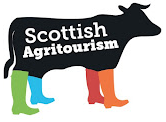Ross Farm
Borgue
Kirkcudbright
DG6 4TR
07973 255279
rossbayretreat@aol.com
Ross Farm
Borgue
Kirkcudbright
DG6 4TR
07973 255279
rossbayretreat@aol.com
Here at Ross Farm we strive to enable sustainable farming which benefits the farm animals, wildlife, environment, landscape and nature. This all helps make our peninsular beautiful for all to enjoy.
We have 500 acres of permanent grassland, woodland, pond, reseed, rough grazing and many wildflower areas, all right on the coast of the Ross peninsular. The Borgue coast is classed as a Site of Special Scientific Interest meaning it is an area of land that is considered to best represent our natural heritage. This is noticeable when you look around at all the wildlife surrounding you here either on the farm or on one of the magnificent walks on the core path around the peninsula.
We have a suckler cow herd (breeding) of around 140 cows plus their followers (calves and young stock), and a breeding ewe flock of approximately 280 ewes plus followers (lambs). Our cattle include breeds such as limousin, british blue, angus and hereford cross. The sheep are mule cross, and Scotch half bred. All our animals are recognised as sentient beings and thus allowed to roam freely over many acres at a time, choosing where to graze, sunbathe, shelter, and even people watch!

From our farmed animals, we have and encourage deer to roam the hills and woodland, fields and even in our garden. We help promote feed and natural habitat for Cormorants and Curlews on the coast and woodpeckers, oyster catchers and swallows inland, there is an abundance of wildlife to be admired.
“You are sure to find many bees and butterflies amongst the wildflower areas and hedgerows, during a short walk along the lane around the bay”
Here you will also come across our new bug hotel which we hope will provide a valuable habitat.
Wildflowers common to the area include: Thrift and Sea campion down by the sea, heathers and harebells on the hills, wood anemone and bluebells in the woodland and pink campion, wild garlic and wild primrose grow in the lanes.
See the recent survey in 2022 of wildflowers and naturally growing species of plants that have been found in and around Ross Bay Farm by a specialist team of botanists – Embrace Plant Life Biodiversity at Ross Bay.

Our wheat, oats and barley are grown on our other farmland in Yorkshire and brought here to Ross Farm to provide natural feed and bedding for our livestock.
Most of our cattle are housed indoors in winter (even though they would prefer to be outside). Indoor housing saves damaging too much of the farmland over winter, so that there is a plentiful supply of grass for turnout in spring. From our winter housing, we are provided with a plentiful supply of organic manure which is used extensively to fertilize the surrounding fields. This depends upon the soil, aiding carbon sequestration, and improving the land naturally, all of which helps to develop our goal of sustainable farming.
We do use a small amount of inorganic fertiliser, known as bagged fertiliser, which gives the grass a boost to grow. However, we do not produce slurry here at Ross, nor do we use pesticide sprays. In fact interestingly, we had a problem with ragwort growing on some of our fields when the sheep were not grazing them. When the sheep graze the fields they graze away the ragwort which is poisonous to other animal species, namely horses.
LEAF advises that “A whole farm policy aiming to provide efficient and profitable production which is economically viable and environmentally responsible. It integrates beneficial natural processes into modern farming practices using the most appropriate technology, and aims to minimise the environmental risks while conserving, enhancing and recreating that which is of environmental importance”. This is what we are working towards here at Ross Farm.
You must ensure that decisions made in relation to direct production practices such as agronomic, crop protection and animal husbandry take account of this Landscape and Nature Conservation and Enhancement Plan (LNCEP). Their objectives are to protect and enhance the wildlife and landscape on your farm. Farming and Environment are inseparably linked.

We aim to to protect and enhance the wildlife and landscape on the farm, however LEAF recommendes that 5% of the farm should be available for wildlife habitat. This can include hedges, ditches and woodland, as well as uncropped margins and environmental options such as wild bird seed mixture (as seen around the bay alongside the lane) and nectar flower mixture. This is a huge area of land which would be lost to production, and hence affect our farm income. However, we are looking to improve areas of our land. These include the margins on the lane around the bay, which are not in agricultural production but could be better utilised to provide wildlife habitat.
“We are trying create habitat and environmental improvement together”
Our hedgerows are important features on the farm as field boundaries, providing shelter areas for animals and a habitat for wildlife. We plan to plant more hedgerows here at Ross, along with woodland as both are high carbon stock land. Hedges are not trimmed during the observed nesting period. We have some stone walls here at Ross, which again provide shelter, field boundaries and a habitat for wildlife, bugs and insects.

Ditch maintenance is not carried out during the bird nesting season. We recognise the need to manage ditch and watercourse edges in order to protect them from pollution, runoff or erosion resulting from overgrazing or inappropriate livestock access. Livestock must be managed in an appropriate way in order to protect wildlife and water quality. This is observed and considered her at Ross Farm by planning our stocking densities.
We have several different “woods” on our farm, and we believe wherever possible, trees should be retained in order to maintain landscape character. Where older trees exist, we will consider new planting of trees as future replacements. All hedgerow, boundary and infield trees are retained unless they are a potential hazard.

Field margin management on Ross Farm benefits ground nesting birds and small mammals, as well as boosting numbers of beneficial predatory insects. We try to provide nesting, summer food and winter food habitats for farmland birds, or habitat for other native fauna as appropriate – e.g. uncrossed headlands, allowing margins to regenerate naturally. We try to ensure that margins are not driven on or used for turning, and try to avoid contamination of hedge bottoms, and watercourses. This is relatively easy by using solid organic farmyard manure as opposed to slurry!
We are cautious and aware not to damage or destroy nationally or locally important historic features (monuments, earthworks, sites of archaeological and historical interest) by our farming activities. This includes activities such as subsoiling, woodland clearance, tree-planting and damage by livestock.






Overdale Cottage is a cosy pet friendly cottage in the charming village of Harome, 3 miles from the Helmsley on the edge of the North York Moors National Park.
Destination Balcary is a self catering holiday house in Dumfries and Galloway, with breathtaking scenery when you wish to stay in a place like no other...